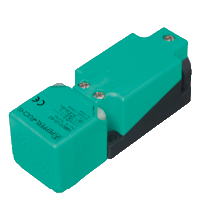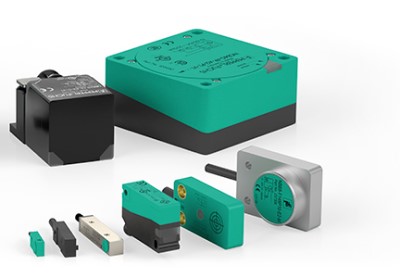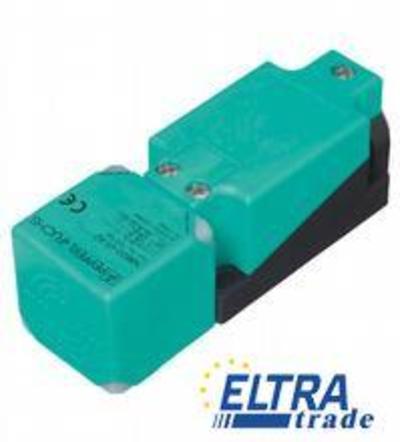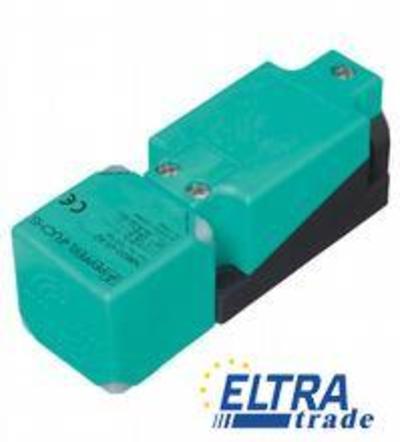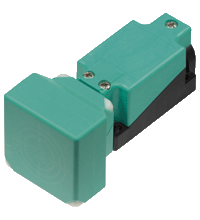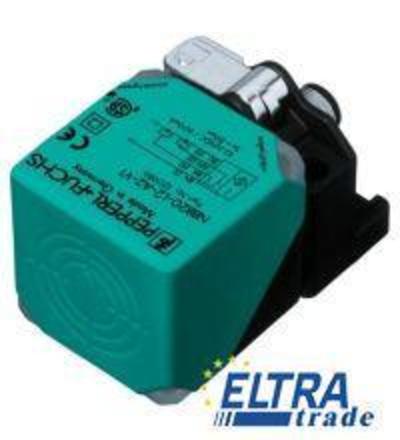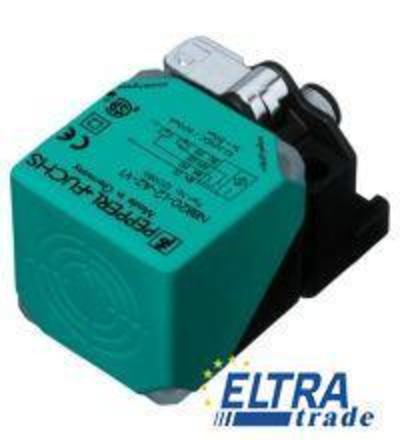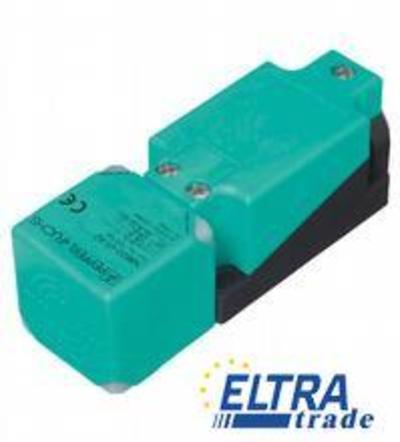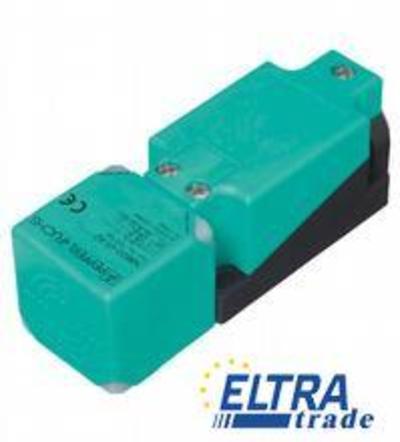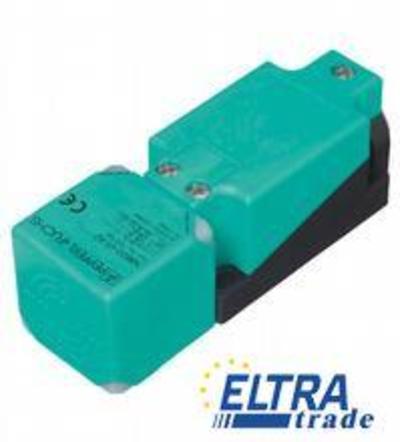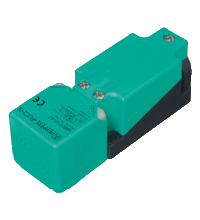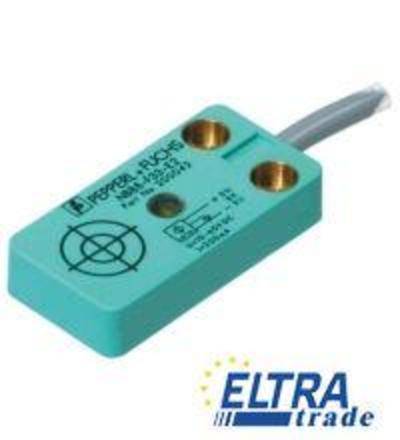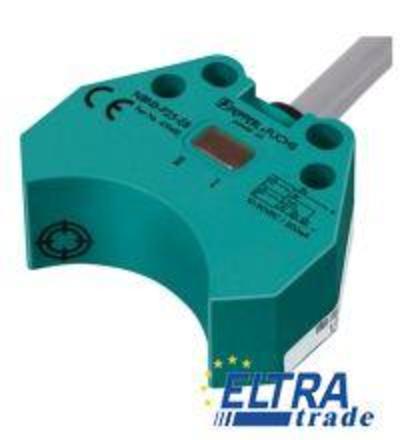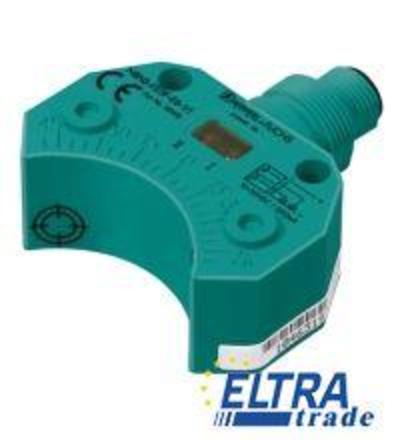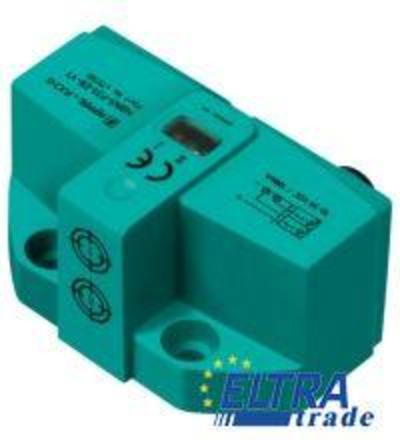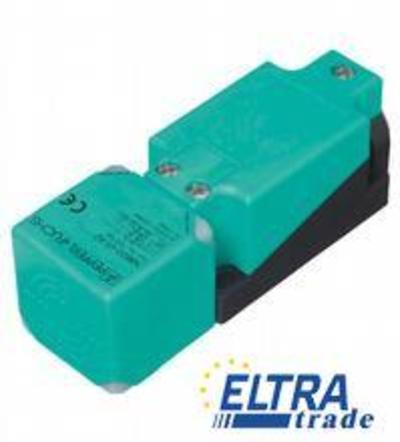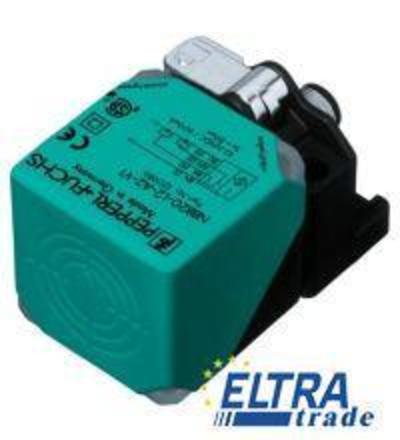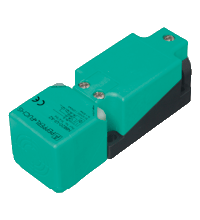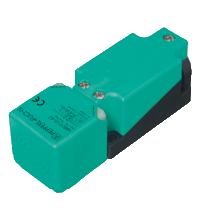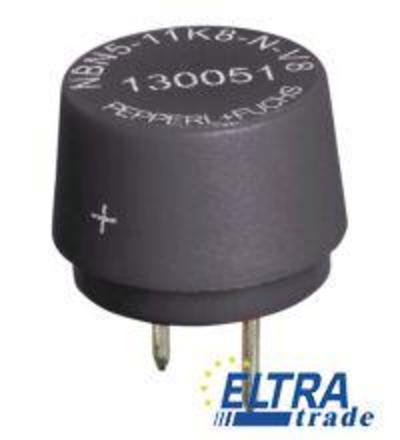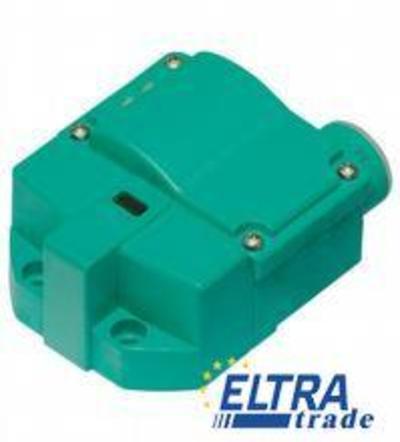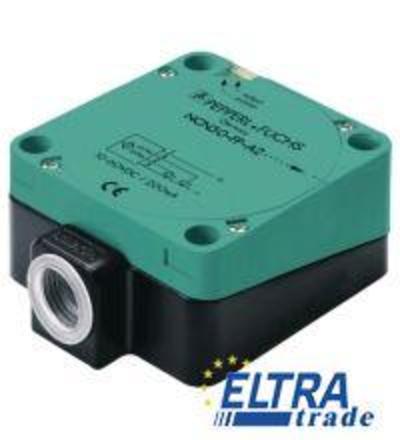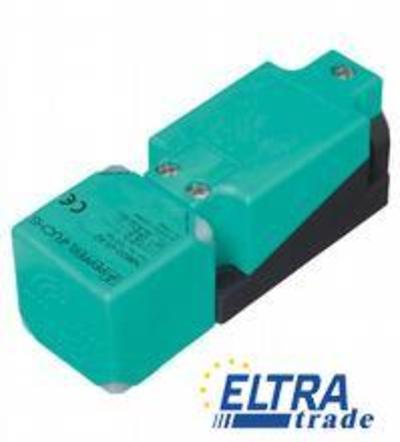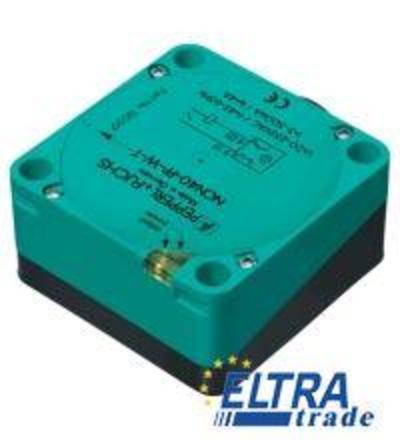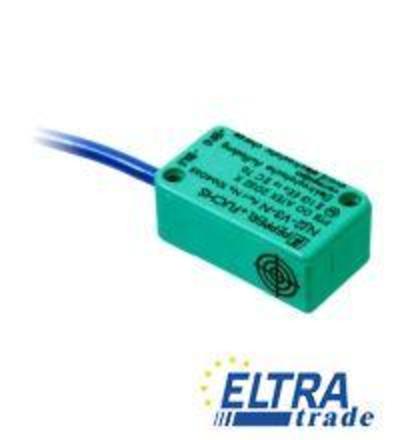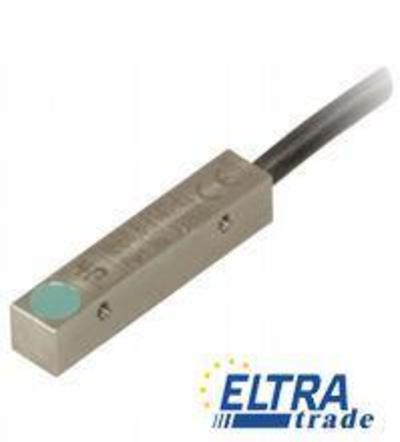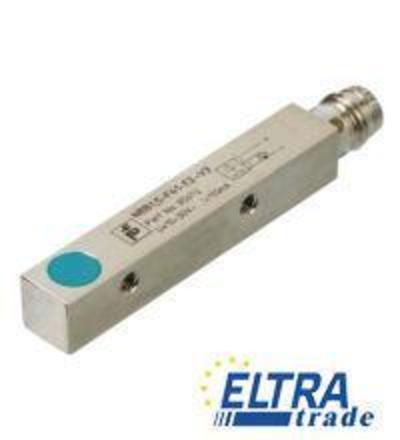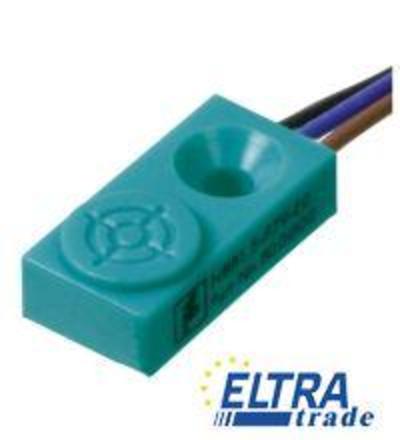Pepperl+Fuchs NB - NC - NR Rectangular sensors
IN STOCK!!!
Pepperl Fuchs NBB20U1UU non-contact inductive sensor
- art. 238884
- Diagnostic Coverage (DC)0 %
- Sensor head bidirectional and rotatable
- NO/NC selectable
- Comfort series
Pepperl+Fuchs NBB1 inductive sensors
- High reliability
- Durability
- Wide range of functions
- High accuracy
- Small size
IN STOCK!!!
- art. 194767
- Sensor head bidirectional and rotatable
- 15 mm flush
- 4 LEDs indicator for 360° visibility
Pepperl+Fuchs NBB15 non-contact inductive sensor
- Non-contact operation
- High sensitivity
- Wide operating range
- Robust housing
- Non-contact operation
- High sensitivity
- Wide operating range
- Robust housing
Inductive sensor
Inductive sensor
Inductive sensor
Inductive sensor
Inductive sensor
Inductive sensor
Comprehending NB - NC - NR Rectangular Sensor Technology
Pepperl+Fuchs NB - NC - NR rectangular sensors, like other types of inductive sensors, are commonly used in industry for non-contact measurement of metal objects. These sensors rely on the principles of electromagnetic induction to detect changes in the electromagnetic field caused by the presence or absence of metal within their sensitivity range.
Rectangular inductive sensors are particularly suitable for transport applications due to their large response range. Among the advantages of NB - NC - NR sensors are meeting the requirements of harsh industrial environments, each model is equipped with a durable plastic housing with a high degree of protection, the sensing surface of the sensor can be rotated in five different positions for flexible installation even in adverse installation conditions.
The primary features of rectangular inductive sensors:
- assured reaction zone: 0-3,24, 0-1,62, 0-12,15, 0-8,1, 0-40,5, 0-32,4, 0-81 мм;
- switching frequency: 25, 20, 10, 80, 100, 500, 150, 700, 800, 1500, 1400, 2000, 1300 Hz.
- 3-4 wire connection;
- voltage: 20253 AC; 660, 1060, 1060 DC,
- output types: PNP, NAMUR (DIN 19234), NPN, output (analog) 0-20 mA (sensors of IA series), Interface AS;
- protection types: IP 67 and IP68;
- operating temperature range: -25...+70°С, there are models of sensors with extended temperature ranges: -25...+100°С.
Guidelines for Installation and Configuration
Here are general guidelines that can help you with the installation and configuration of rectangular inductive proximity sensors.
- Choose a mounting location that provides an unobstructed view of the area to be sensed. Ensure that the sensor is aligned properly with the target.
- Ensure that the mounting surface is clean, flat, and free from any contaminants that might interfere with the sensor's performance.
- Keep the sensor away from large metallic structures or surfaces that could cause interference with the inductive sensing field.
- Some sensors may have an adjustable mounting mechanism to facilitate alignment. Follow the manufacturer's recommendations for adjustment.
- Securely mount the sensor using appropriate fasteners to prevent movement or vibration that could affect its performance.
Wiring and Electrical Connections:
- Connect the sensor to a stable power supply within the specified voltage range. Ensure that the power supply provides the required current.
- Connect the sensor's output to the input of the control system or device that will be receiving the sensing signal. Pay attention to the output type (e.g., NPN or PNP) and ensure compatibility with the connected equipment.
- Use shielded cables to minimize the impact of electromagnetic interference on the sensor's signals. Follow the manufacturer's recommendations for cable type and length.
- Some sensors may have sensitivity adjustments. Follow the manufacturer's guidelines for adjusting sensitivity to suit the specific application.
- Configure the sensor's threshold or switching point according to the detection requirements. This setting determines when the sensor outputs a signal based on the proximity of the target.
- After installation and configuration, perform testing and validation to ensure that the sensor reliably detects objects within the specified range.
Calibration and Maintenance Protocols
Here is some information about sensor calibration procedures and maintenance protocols.
Factory calibration
Most inductive sensors, including rectangular ones from Pepperl+Fuchs, are typically calibrated at the factory. This initial calibration ensures that the sensor meets its specified performance characteristics.
No user calibration
In many cases, inductive sensors do not require user calibration in the field. They are designed to operate reliably without the need for regular adjustments by the end user.
Environmental considerations
Ensure that the sensor is installed and used within its specified environmental conditions. Extremes in temperature, humidity, or other environmental factors can impact the sensor's.
Regular inspections
Periodically inspect the sensor and its surrounding environment for any signs of damage, corrosion, or contamination. Ensure that the sensor is securely mounted and aligned properly.
Cleanliness
Keep the sensor and its surrounding area clean from dust, debris, or other contaminants. Use appropriate cleaning methods as specified in the product documentation.
Avoid harsh chemicals
When cleaning the sensor, avoid using harsh chemicals or solvents that may damage the sensor's housing or components. Follow the manufacturer's recommendations for cleaning.
Cable inspection
Check the sensor's cable for any signs of wear or damage. A damaged cable can affect the sensor's performance. Replace the cable if necessary.
Environmental protection
Ensure that the sensor's housing is intact and provides the necessary environmental protection, especially if the sensor is exposed to harsh conditions.
Verify alignment
If the sensor relies on a specific alignment with a target, verify that the alignment is maintained. Misalignment can impact the accuracy of the sensor.
Choosing the Perfect Rectangular Sensor for Your Industry
Here are some key considerations for choosing NB - NC - NR rectangular sensors.
- Clearly define the sensing requirements of your application. Understand the size, material, and characteristics of the objects you need to detect.
- Choose a rectangular sensor with dimensions that match the requirements of your application. Consider the size of the target objects and the available space for sensor installation.
- Evaluate the sensing distance of the sensor. Ensure it meets the requirements for the distance at which you need to detect objects.
- Consider the type of metal you are working with, as different metals may have varying effects on sensor performance. Ensure the sensor is compatible with the materials in your application.
- Rectangular industrial sensor technology typically provides digital outputs, often in NPN or PNP configurations. Ensure compatibility with your control system requirements.
- Check the sensor's voltage and current ratings. Ensure they are compatible with your power supply and electrical system.
- Consider the environmental factors such as temperature, humidity, and exposure to liquids or chemicals. Choose a sensor with appropriate protection ratings (e.g., IP67) for your operating environment.
- Some models may offer adjustable sensing ranges. If your application requires flexibility in the detection range, consider sensors that allow for adjustments.
